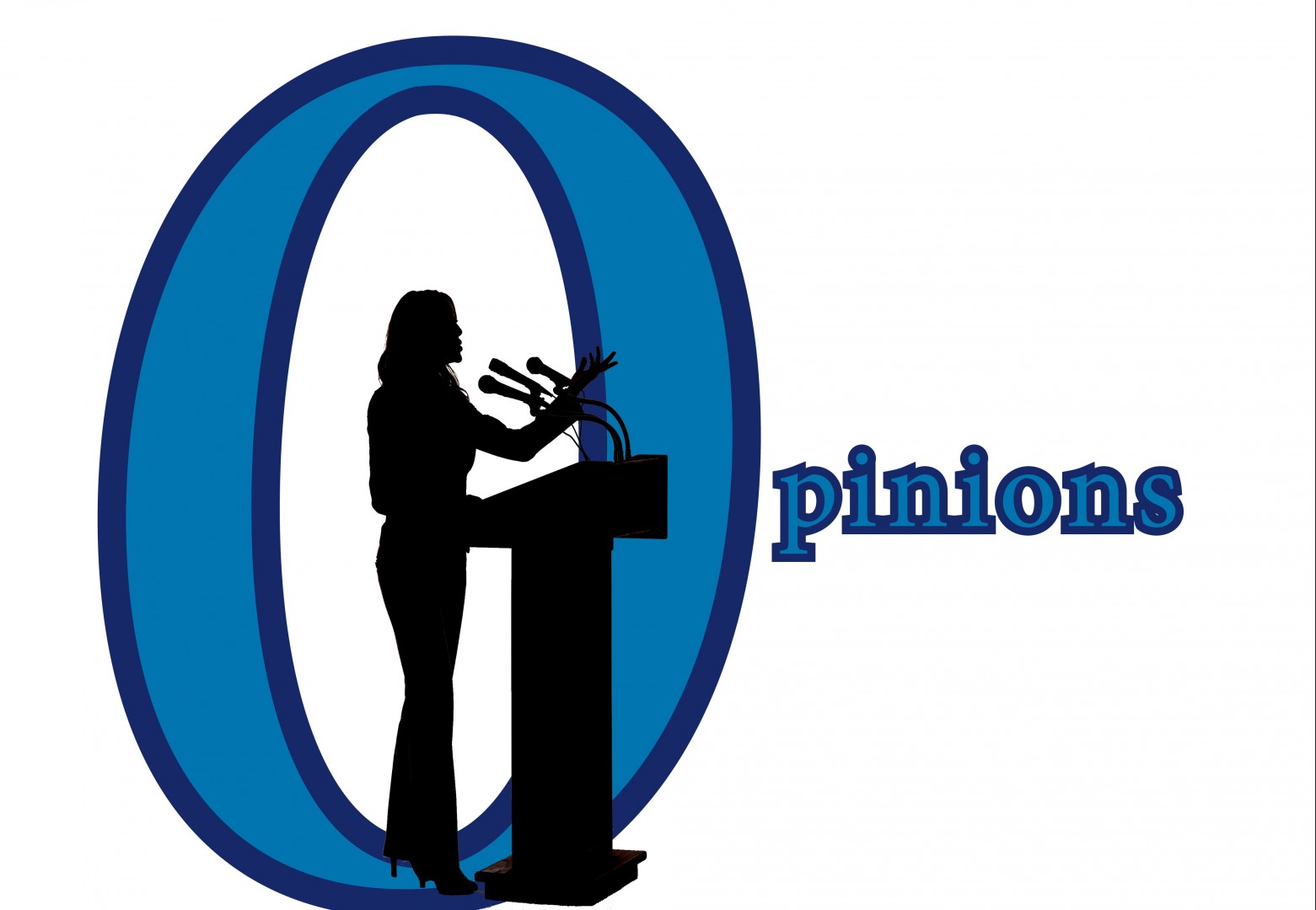When it comes to the new meal plans, it is infuriating that many of the plans do not contain the same advantages as their predecessors.
In the new “equivalent” to the unlimited meal plan for the 2011-2012 year, in addition to unlimited access to the cafeteria students receive $75 more in meal plan cash and 10 guest passes. However, it costs $200 more an academic year. While this comparison is somewhat close between the two years, other meal plans fall short.
For example the 100-block meal plan for 2012-2013 year is said to be similar to the crimson plan for this year, but instead of having unlimited after 11 A.M. students only get 100 meals and the cost again is $200 more.
The 75-block is supposedly similar to the copper plan this year, but instead of 80 meals and $300 meal plan cash, students will only receive 75 meals and $150 in meal plan cash; fewer swipes and half the cash for $22 less.
While the meal plans are “similar”(as advertised), the only instance of any kind of improvement is the extra meal plan cash and guest swipes on the unlimited plan, however, it still costs more money. In addition to not matching the former plans in price or in quality for the next academic year, students will not be able to convert meal swipes to meal plan cash or vice versa.
The new meal plans are rip-offs and restraining. The nickel and diming of the new meal plans feels a lot like the university reaching their fingers even deeper into students’ wallets and giving them less for it.
Restricting the conversion between swipes and cash is especially a disadvantage.
I’ve relied on converting swipes to cash because it’s a way to make sure you don’t waste your money. Between my class schedule and my work schedule for the spring quarter, I have hardly had the opportunity to get into the dining hall during dining hours.
However, converting my swipes has allowed me to show something for the amount of money I’m paying for the meal plan. Without this option next year, I can only hope that I have time to make it to the dining hall otherwise the meal swipes are going to go to waste.
Improvements to systems in the school should be aimed at actually improving either the value or the quality, not the other way around.
B










